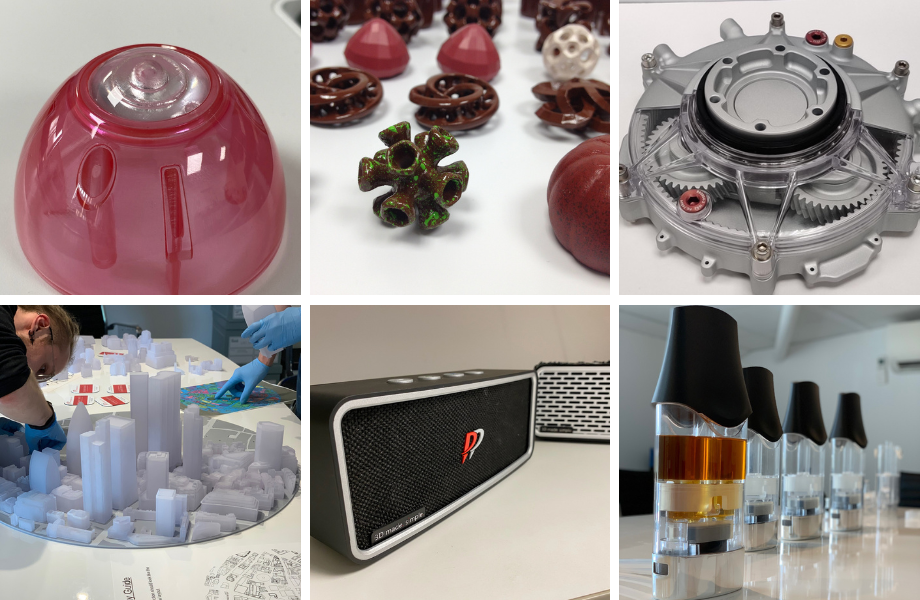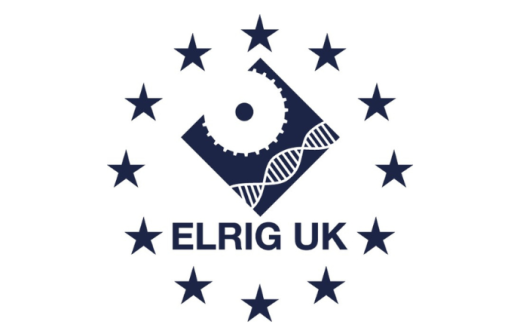Prototype Projects writes...
Model making means different things to different people. For the benefit of readers who do not routinely use professional model making services, this article explains what we at Prototype Projects mean by the term.
Model making is just one aspect of what we do now but it is where we started in 1980. Customers today might typically use one or more of our 3D printing, CNC machining, vacuum casting or other services. However, our model making team can bring together all of these and more.
Model making is, therefore, a fusion of technologies, techniques and, above all, skills. Our model makers select and use the optimum materials, technologies and techniques to create models that meet the customer’s needs.
As you can imagine, the scope of model making is enormous, with the resultant models used in vastly different ways. A few examples include concept models, marketing or photographic models, architectural models, presentation models and fully functioning prototypes. Models might be used to assess ergonomics, aesthetic, functional performance, consumer reactions or ease of assembly. This list, of course, is not exhaustive! Our model makers can even produce items for end-use applications. Furthermore, the team might be tasked with building a one-off or a small quantity of identical models.
It is one thing for a model to be used for photographic purposes but quite another if it is functional prototype or end-use product. Clearly the model’s intended purpose has a major bearing on the materials and technologies selected for its construction and finishing.
Model making technologies
Prototype Projects started in business making models and now serves customers requiring many types of rapid prototyping (RP) and rapid manufacturing (RM). Consequently, we have invested in technologies, so we have as many as possible in-house. To complement these, we have developed a trusted network of specialist subcontractors who work to the same high standards in terms of quality, accuracy and on-time deliveries.
All of the following technologies are available in-house and are frequently employed by our model makers:
CNC machining: we have CNC milling and turning, and hold extensive stocks of the most commonly specified plastics and metals. If need be, we can procure and machine almost any solid material.
3D printing: with five different 3D printing technologies and a choice of materials for most, we can select the optimum combination of technology and material for any given applications. The 3D printing technologies we have are SLS, SLA, PµSL, PolyJet and DLP.
3D CAD modelling: although this is not strictly a manufacturing technology, our model making team can CAD model parts for subsequent 3D printing or CNC machining if this is a better option than making parts by hand.
Vacuum casting: parts are cast in polyurethane resin, but the material properties can be chosen to mimic anything from rigid glass-filled nylon through to very soft elastomers. Vacuum casting can be used to overmould elastomeric grips, for example, or to make multiple parts from a single master pattern.
Laser cutting and marking: our laser cutting system is ideal for high-precision profiling in a variety of thin materials. It can also engrave parts or apply indelible marks.
Despite having these state-of-the-art technologies on hand, our model makers still relish making something from nothing! Using skills refined over many years, they can hand-carve or shape almost anything from modelling foam, wood, engineering plastics, clay and other materials. This is model making artistry at its best.
What else is included?
Our model makers have worked on so many projects over the years that nothing fazes them. If a customer wants an existing component modified or adapted, that can be done. Or maybe the easiest way to make a part for a model is to buy an existing item or standard component, then modify it to suit.
For a functional model, the customer might provide, for example, a PCB or LCD screen for incorporating in the model. These might be prototypes or taken from an existing product.
When necessary, our model makers source springs, fasteners, bushings, bearings, electrical/electronic components or other standard off-the-shelf components.
Finishing
The visual appearance of models is often critical. Depending on the intended application and the materials used in its construction, high-quality finishes can give the model the same appearance as a production item.
Clear parts can be polished and lacquered to have the appearance of glass or polycarbonate, and components for products such as automotive lights can be vacuum metallised to make them highly reflective. Other finishing options for plastic parts include wet spray painting and the appearance of a spark-eroded surface finish from an injection mould tool. If parts have been 3D printed using SLS, we offer SLS dyeing in RAL and Pantone colours.
In addition, plastic parts can have a rubberised soft-feel finish applied, or we can use vacuum casting with coloured polyurethane resin to simulate overmoulded elastomeric features.
Parts for functional models can have a blackout/RFI/EMC coating applied to internal ‘B’ surfaces.
Metallic components can be finished in a variety of ways to suit the material and intended application. Aluminium alloy parts can be polished, lightly bead blasted, or clear- or colour-anodised. Stainless steel parts can be hand-polished or electrochemically polished, while mild steel parts might be spray painted, powder coated, electroplated or chemically blacked. Depending on the grade of steel used, specialist treatments can improve the surface hardness.
For the final fishing touches, we can apply text, logos, symbols, or other graphics. Rubdowns (dry transfers), waterslide decals and screen printing are the most popular means of doing this.
Example projects
For most projects we sign a non-disclosure agreement which means we cannot divulge any information. However, here are some examples of models we have made in the last 40+ years.
- Medical and life sciences: inhalers, dental products, surgical equipment and diagnostic systems.
- Consumer products: coffee machines, toasters, kettles, electrical appliances for hair care, beauty products, handheld electronic devices, containers and closures, cutlery, photographic products and audio equipment.
- Industrial: electric motors, gearboxes and illuminated models simulating gas flows.
- Creative industries: props for movies and for still photography and videos for advertisements.
We rarely need to decline a model making project so, whatever your requirements, and however unusual they may seem, get in touch to find out how we can help.
Talk to us
If you need any type of professional model making services, talk to one of our team by calling 01763 249760.



